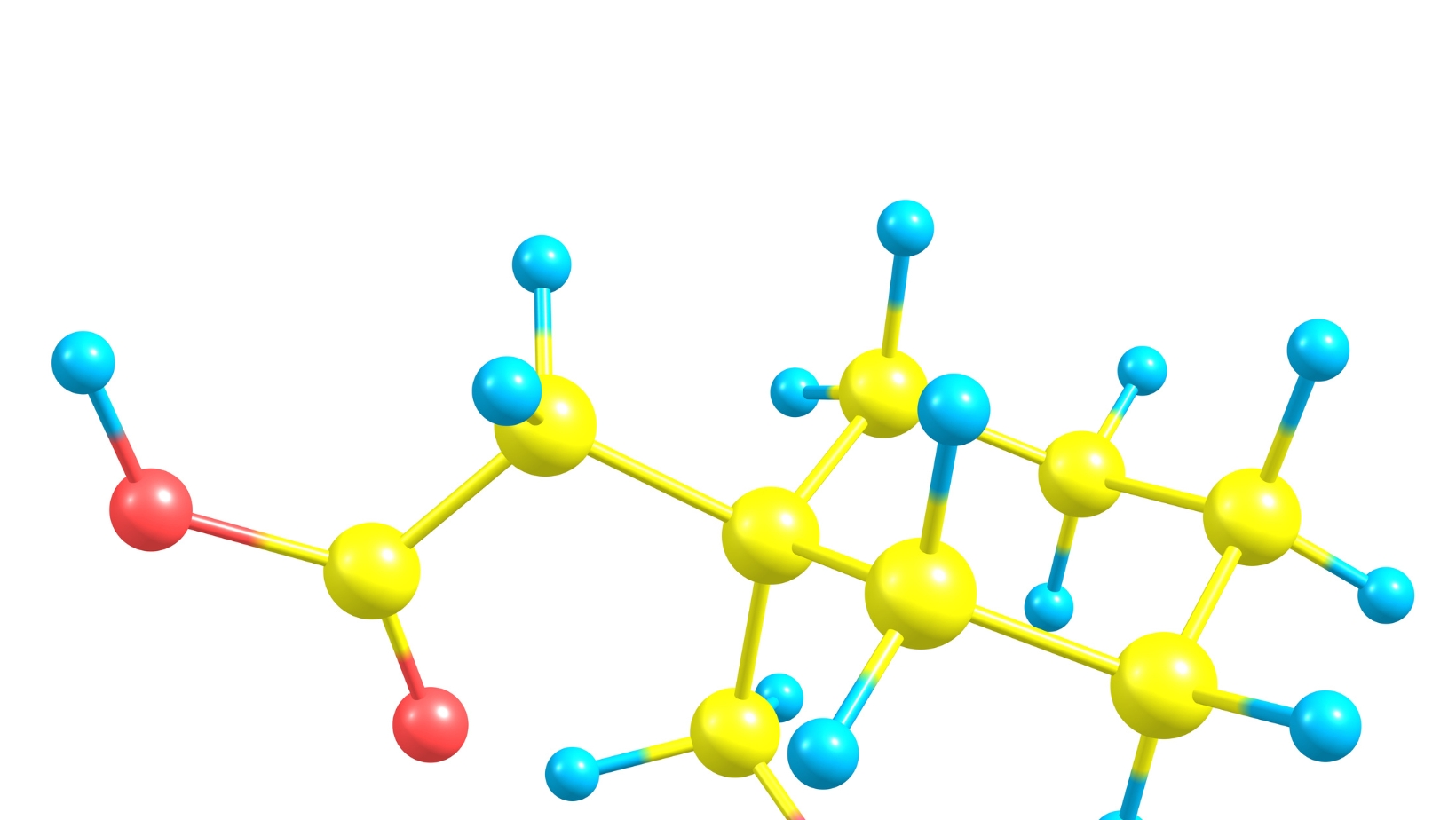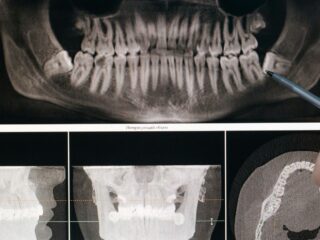
Wondering if it’s safe to take Cymbalta and Gabapentin together? Many people have asked this question, and I’m here to shed some light on the topic. The combination of Cymbalta, a selective serotonin and norepinephrine reuptake inhibitor (SNRI), and Gabapentin, an anticonvulsant medication, is sometimes prescribed by healthcare professionals for certain conditions. However, it’s crucial to consult with your doctor or healthcare provider before taking these medications simultaneously.
While there isn’t a definitive answer that applies to everyone, there are several factors to consider when determining whether you can take Cymbalta and Gabapentin together. It’s essential to evaluate your specific medical history, current medications, and any potential drug interactions. Your healthcare provider will be able to assess your unique situation and provide personalized advice based on their expertise.
Potential Benefits of Taking Cymbalta and Gabapentin Together
Reduced Pain and Discomfort
One potential benefit of taking Cymbalta and Gabapentin together is the reduction in pain and discomfort. Both medications are commonly used to manage different types of chronic pain conditions. Cymbalta, a selective serotonin and norepinephrine reuptake inhibitor (SNRI), helps regulate the levels of certain neurotransmitters in the brain that play a role in pain perception. On the other hand, Gabapentin is an anticonvulsant drug that can help control nerve-related pain.
When these medications are combined, they may provide synergistic effects, leading to more effective pain relief for individuals dealing with conditions such as fibromyalgia or neuropathic pain. The combination approach targets multiple aspects of pain transmission, potentially offering greater relief than using either medication alone.
Enhanced Mood and Emotional Well-being
Another potential benefit of combining Cymbalta and Gabapentin is an improvement in mood and emotional well-being. Cymbalta is often prescribed to treat major depressive disorder, generalized anxiety disorder, and other mood disorders. It works by increasing the availability of serotonin and norepinephrine in the brain, which can help regulate mood.
Gabapentin also has mood-stabilizing properties that can contribute to a sense of well-being. By modulating the release of various neurotransmitters, including gamma-aminobutyric acid (GABA), it may help reduce anxiety symptoms.
When taken together under medical supervision, these medications may have a complementary effect on improving overall emotional wellness by targeting different neurotransmitter systems implicated in mood regulation.
Improved Sleep Quality
Taking Cymbalta and Gabapentin together might also lead to improved sleep quality for some individuals. Insomnia is a common symptom associated with various conditions like depression or chronic pain disorders. Both medications have been shown to have sedative properties that can aid in promoting better sleep.
Cymbalta’s impact on serotonin levels can positively influence sleep regulation, while Gabapentin’s ability to reduce nerve-related pain may help alleviate discomfort that could disrupt sleep patterns. By addressing both the underlying causes of insomnia and its associated symptoms, combining these medications might offer a more comprehensive approach to improving sleep quality.
It is important to note that individual responses may vary, and it is essential to consult with a healthcare professional before considering any changes in medication or treatment plans. They will be able to evaluate your specific situation and provide guidance tailored to your needs.
Understanding the Mechanism of Action
When considering whether it’s safe to take Cymbalta and Gabapentin together, it’s essential to understand their individual mechanisms of action. By examining how these medications work in the body, we can gain insight into any potential interactions or synergistic effects.
Cymbalta, also known as duloxetine, is a selective serotonin and norepinephrine reuptake inhibitor (SSNRI). It works by balancing certain chemicals in the brain that are responsible for mood regulation. This medication is commonly prescribed for conditions such as major depressive disorder, generalized anxiety disorder, and fibromyalgia.
Gabapentin belongs to a class of drugs called anticonvulsants. While its exact mechanism of action remains unclear, gabapentin is thought to modulate the activity of certain neurotransmitters involved in pain signaling. It is primarily used to treat epilepsy but has also been found effective in managing neuropathic pain and restless leg syndrome.

Can You Take Cymbalta and Gabapentin Together
The short answer is yes; these two medications can be taken concurrently under medical supervision. In fact, combining them may provide enhanced therapeutic benefits for certain conditions.
When utilized together, Cymbalta and Gabapentin can target different aspects of a patient’s symptoms. For example, if someone experiences both chronic pain and depression due to fibromyalgia, this combination could address both issues simultaneously. However, it’s crucial to consult with a healthcare professional who can assess your specific situation and recommend an appropriate treatment plan.
It’s worth noting that combining multiple medications always carries some risks. Potential side effects or drug interactions should be carefully considered before initiating any new treatment regimen. Your doctor will evaluate factors such as your medical history, current medications you’re taking, and any underlying health conditions before determining if Cymbalta and Gabapentin are suitable for you.












